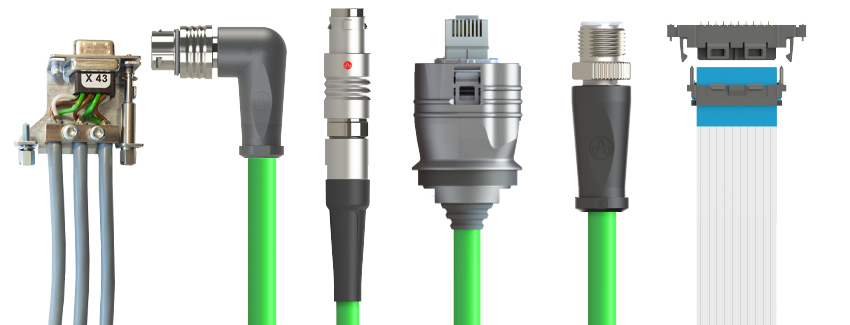Understanding Cable Assemblies: The Framework of Electronic Communication
Within the realm of electronic communication, the significance of wire assemblies cannot ever be overstated. These vital components form the linkage of multiple devices and systems, facilitating smooth data transfer and power distribution. Be it in consumer electronics, telecommunications, or manufacturing applications, cable assemblies serve as the foundation that provides dependable and optimal communication between various components.
To put it simply, cable assemblies are assemblages of wires, cables, connectors, and other elements that are grouped together to form a single unit. They are carefully designed to meet specific requirements and standards, providing strength and usability to support the intricate networks that uphold modern technology. As we explore the nuances of cable assemblies, we will uncover their key roles, types, and the progress driving their development in an ever-evolving technological landscape.
Types of Cable Assemblies
Wire assemblies come are available in various types, all designed to fulfill specific communication needs. A common type is the coaxial cable assembly, that is primarily used for transmitting radio frequency signals. Such kind of assembly includes a central conductor, insulation layer, metal shield, and external jacket, providing excellent protection against EMI. Coaxial assemblies are widely used in television, internet services, and other high-frequency uses due to their reliable performance.
Another prevalent type is the twisted pair cable assembly, that includes multiple pairs of wires twisted together to reduce signal interference. Twisted pair assemblies are commonly used in networking and telecom systems, including Ethernet connections. They can be protected or unshielded, depending on the application requirements, making them versatile for both consumer and industrial use. The structure of twisted pair assemblies enhances data transmission while minimizing interference between wires.
Optical fiber cable assemblies represent a state-of-the-art type of cable assembly, designed to send data as optical signals. With a core made of fiber or plastic fibers, these assemblies offer high bandwidth performance and are resistant to electromagnetic interference. Fiber optic assemblies are increasingly popular for high-speed internet connections, telecommunications, and medical devices. These assemblies’ ability to transmit data over long distances without degradation makes them vital in modern communication networks.
Main Parts and Materials
Cable assemblies are composed of various key components that function collectively to ensure dependable electrical connections. At the core is the conduction element, which can be made from substances such as copper or aluminum metal. These metals are chosen for their outstanding conductivity and ability to convey electrical signals with little interference. Additionally, connectors are crucial for cable assemblies. They provide trustworthy attachment points to devices and ensure that the electrical signals are optimally transferred between various parts of the system.
The insulation encasing the conductors is an additional important component of cable assemblies. Insulation materials are designed to shield the conductors from external factors, avoid short circuits, and lessen signal loss. Common insulation materials include polyvinyl chloride, polyethylene, and Teflon, each offering varying degrees of flexibility, temperature resistance, and durability. The choice of insulation not only influences the effectiveness of the cable assembly but also its suitability for particular applications, such as indoor or outdoor use.
Lastly, cable assemblies often incorporate supplementary features such as shielding and strain relief. Shielding is used to protect the cables from electromagnetic disruption, which can degrade signal integrity. Shielding materials may include metallic foils or woven strands that cover the conductors. Strain relief components help to absorb mechanical stress and lessen damage at connection points, ensuring the endurance of the assembly. Together, these materials and components create a sturdy framework that supports reliable electronic communication.
Uses in Electronic Communication
Wire harnesses play a vital role in the field of digital communication by connecting various components and facilitating the optimal transfer of data and power. Used widely in telecom, cable assemblies link networking equipment, such as switches, to facilitate optimal data flow across vast networks. This connection is essential for both personal users and corporate entities seeking reliable communication systems.
In the fields of broadcasting and video production, cables are indispensable. They connect film cameras, microphones, and additional equipment, allowing excellent audio and video transmission. The use of specialized cable assemblies ensures that signals remain clear and free from interference, which is crucial for broadcasts and professional productions where every detail matters.
Moreover, cable assemblies are fundamental in the car industry, particularly with the rise of smart communication systems in vehicles. They facilitate the integration of multiple electronic systems and components, such as automotive sensors and entertainment systems. This linkage not only enhances automotive efficiency but also improves the overall driving experience by providing real-time data and communication capabilities.
